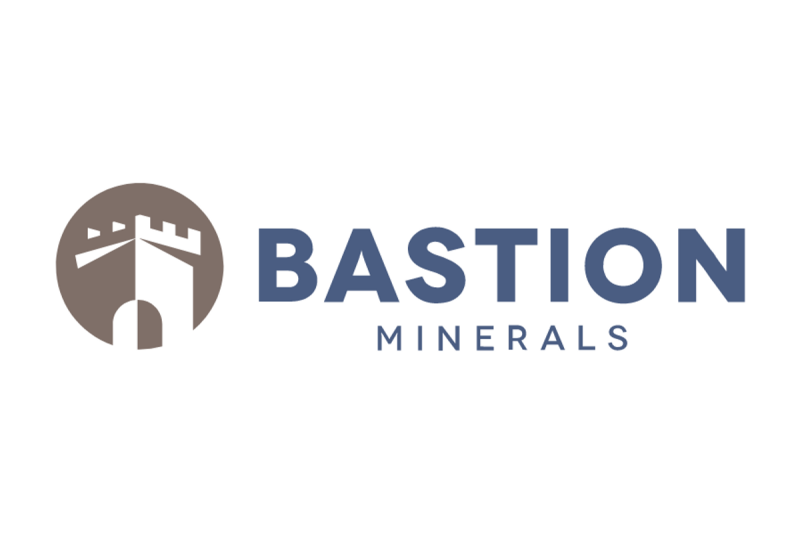Bastion Minerals Ltd (ASX:BMO or the Company) is pleased to provide an update on its high-grade REE and copper project in Sweden, the Gyttorp nr 100 project (Gyttorp Project or Gyttorp) and regarding the granting of additional applications.
HIGHLIGHTS:
Laboratory assays confirm & deliver more high-grade rare earths: TREE+Y up to 8.3% from actinolite skarn, confirming high grade results from recent pXRF1. Rock chip samples have up to 60% HREE present. MREE average 24% over samples in Table 1.
Gyttorp property shows highly elevated MREE (neodymium, praseodymium, terbium and dysprosium). These are those favoured for new green technology applications and those which tend to have the highest value.
Further high-grade copper confirmed by laboratory assays: High-grade copper mineralisation in rock chips up to 5.1% confirmed in the copper trend at Gyttorp (Table 2) with mineralisation associated with 1 km of discontinuous old mine workings.
Importantly, ahead of drilling, a ground magnetic survey is planned across the >3km long trend that suggests the project has significant scale.
Bastion’s Gyttorp nr 100 property hosts almost 200 recorded mineral occurrences and old mines (refer ASX announcement of 19 June 2023). Records suggest there has been no systematic sampling or evaluation of these occurrences for REE. Many of these occurrences are described as magnetite-rich skarns (Fe-skarns) and sampling by Bastion (and the SGU) has confirmed the presence of high-grade REE, which may be present in significant quantities.
Work underway to obtain access to historical drill core in newly granted properties and exploration applications: Sampling and pXRF analysis of cores is planned to evaluate the copper mineralised intersections and analyse for REE, which were not analysed previously, including.
Grindgruvan 2 drillhole in Striberg project, 148.3 to 152.5 m, 4.2 m @ 1.1% Cu and 173.5-181.8 m, 8.3 m @ 0.82% Cu.
The exploration tenure is located near Gyttorp in the Bergslagen district of Sweden, 180 km west of Stockholm. Sweden is home to Europe’s largest REE discovery in the Kiruna area2. The Gyttorp nr 100 property (Figure 1) is highly prospective for high-grade REEs (Figure 2). The Project is situated on the southern end of a belt of iron and REE-enriched skarns, more than 100 kilometres long, known locally as the “REE-line”.
Commenting on the High-Grade Assay Results, Executive Chairman, Mr Ross Landles, said:
“We are pleased to have received the laboratory assays, which confirm the tenor of the pXRF results we announced earlier this month. These show elevated REE or copper across most samples, with values up to 8.3% REE+Y and 5.1% copper. Importantly, the results show high concentrations of heavy REE in some samples, and a general enrichment in magnetic REE’s Nd, Pr, Dy and Tb.”
“These results confirm the high-grade nature of the project and support our intention to carry out a detailed ground magnetic survey over the 3 km REE trend and area of elevated copper, to define drill targets, once the magnetic survey is interpreted. The results suggest Bastion may have the potential to become a major player in the discovery of rare earths and critical metals.”
As previously noted, Sweden is home to Europe’s largest REE discovery in recent times. Currently, no REE are mined in Europe, with China providing nearly 98% of the EU’s supply. Gyttorp and Bastion’s new critical minerals projects provide the potential to change this dynamic.
The Swedish Geological Survey (SGU) previously took samples in the Gyttorp property which showed highly elevated Magnet Rare Earth Elements (MREE; neodymium, praseodymium, terbium and dysprosium). These are those favoured for new green technology applications and those which tend to have the highest value.
Rock chip samples were analysed by ALS laboratories using the ME-MS89L fusion method. The results are very promising, confirming, both visual and pXRF results. The > 3 km long trend (Figures 2 and 3) suggests the project has scale and the ground magnetic survey planned will assist defining this. Laboratory assay results are generally lower than the pXRF results, as the latter analyses small areas of samples, whereas the laboratory assays analyse the entire rock chip sample for a broad range of elements.
Setting
Sweden is the home of Europe’s largest REE discovery at Per Geijer near Kiruna1 and has a well- documented history of rare earth element discovery and mining. Mineral deposits in the Bergslagen district (Figure 4) are predominantly hosted in skarns, which have been mined for base metals, iron, manganese, tungsten and molybdenum.
The skarns, characterised by calcium-silicate minerals often associated with magnetite, occur in deformed and metamorphosed volcano-sedimentary sequences of Paleoproterozoic age (about 1.9 billion years old). The district is the location of the discovery of the rare earth element cerium in 1804, at the Bastnäs deposit. This was originally mined for iron and copper and 160 tonnes of rare earth- bearing minerals, including cerite and bastnasite, were mined to depths of 30m between 1860 and 19192. The Bastnäs REE mineral field is located approximately 50 km northeast of the Bastion’s new tenure at Gyttorp.
Click here for the full ASX Release





























